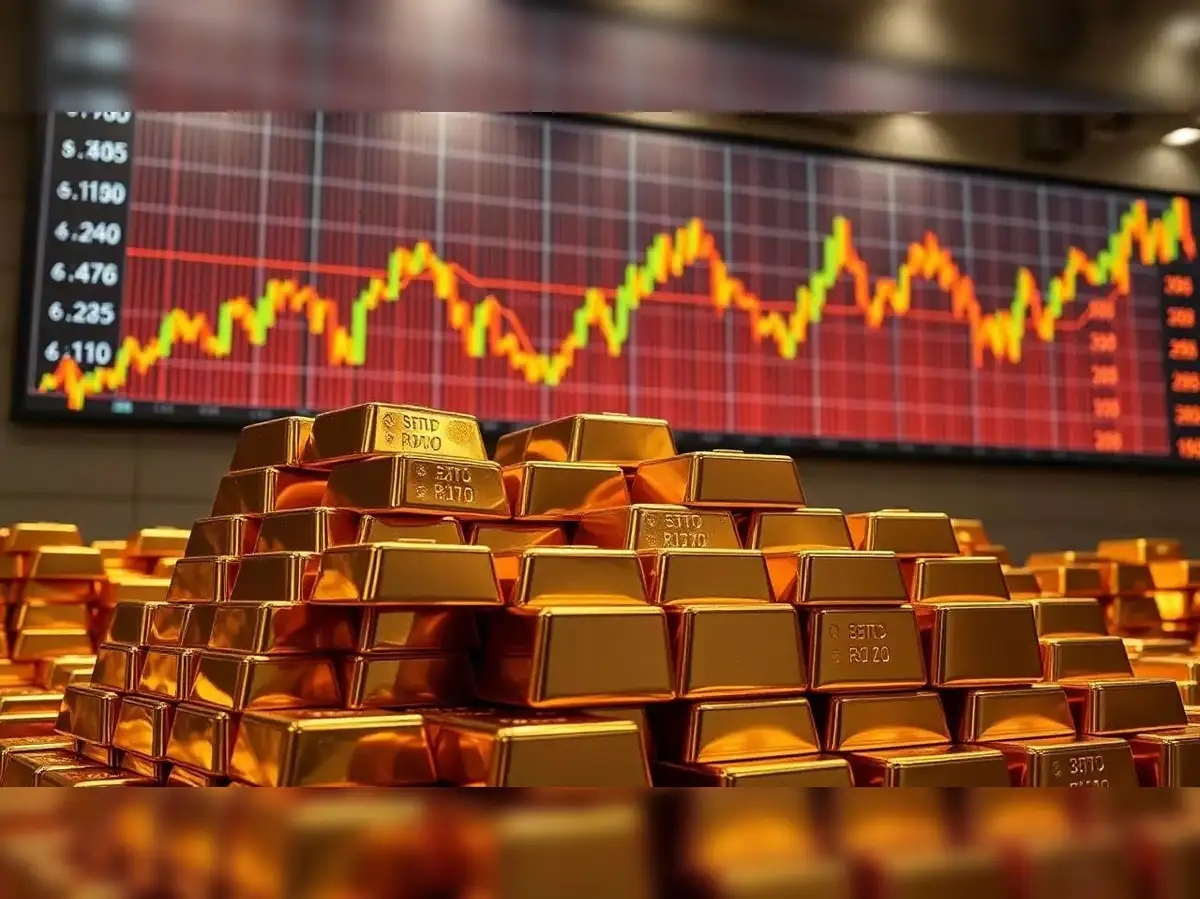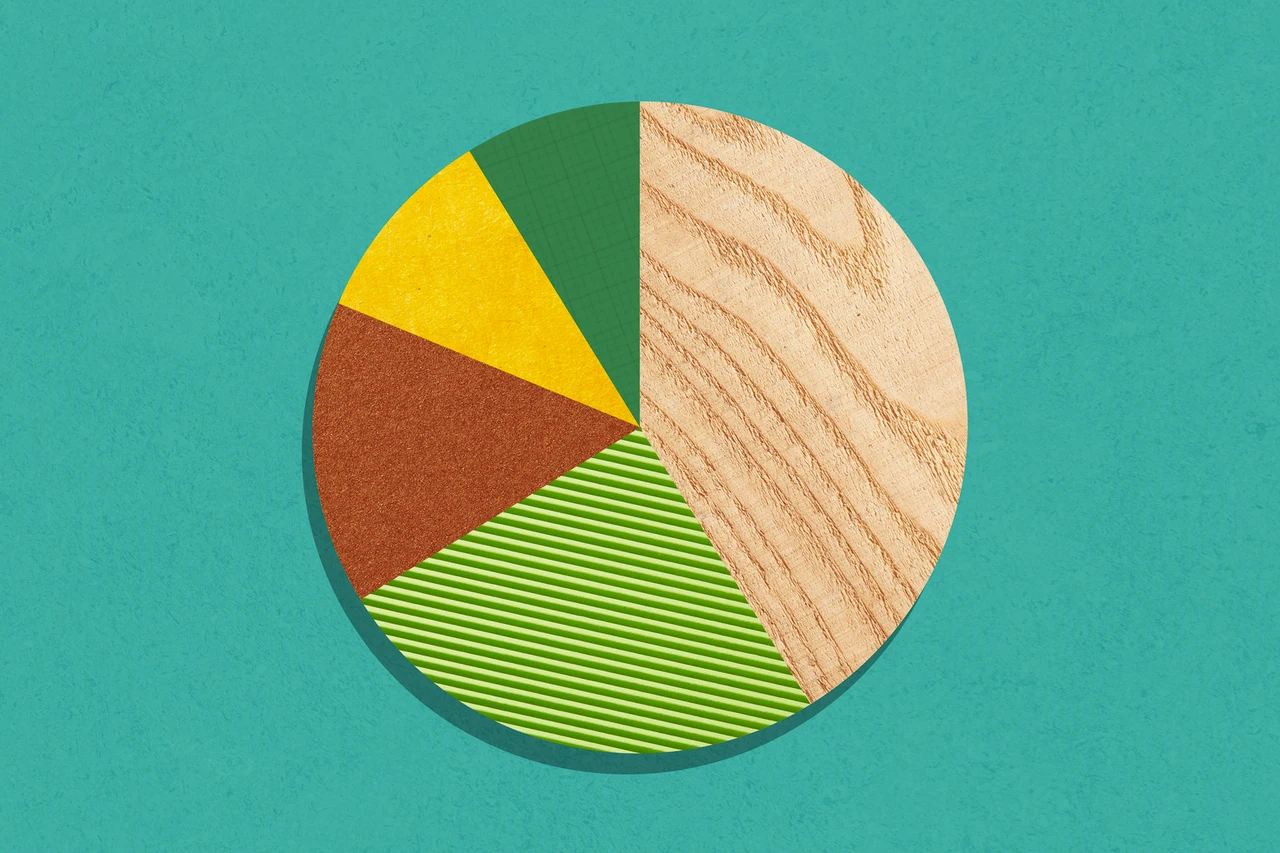Gold has surged to unprecedented levels, crossing the $4,000-per-ounce mark for the first time in history. This represents a staggering 51% increase over the past year, making it the strongest performance since 1979. The rally is unfolding even as U.S. stock markets continue to reach record highs—a rare combination that has left investors and analysts grappling to interpret the underlying market dynamics.
The Drivers Behind the Gold Rally
Traditionally, gold is considered a safe-haven asset, sought after during periods of economic uncertainty, geopolitical tensions, or currency devaluation. Investors often flock to gold to preserve wealth when confidence in fiat currencies, such as the U.S. dollar, is shaken.
This year, the U.S. dollar has weakened significantly against a basket of global currencies, falling by more than 9%. The declining dollar has made gold more attractive to international buyers, who see the metal as a more reliable store of value amid rising inflation and political uncertainties. Analysts suggest that the concurrent rise of both gold and equities points to a market sentiment that is cautious yet opportunistic—investors are hedging against potential risks while still seeking growth opportunities in traditional financial markets.
Institutional Endorsement
Prominent investors have been publicly endorsing gold as an essential component of diversified portfolios. Financial experts recommend allocating up to 15% of investments to gold, citing its historical resilience during periods of market turbulence. This institutional backing has contributed to the momentum of the rally, signaling growing confidence in gold’s role as a hedge against economic instability.
Moreover, central banks around the world have been increasing their gold reserves, further reinforcing the precious metal’s value. This global trend reflects concerns about the durability of traditional currency systems and the need to safeguard national financial stability.
Implications for the U.S. Dollar
The weakening of the U.S. dollar, combined with rising gold prices, raises important questions about the trajectory of the American economy. While some experts caution that the current trend does not indicate an immediate collapse or full-scale de-dollarization, it is a signal that investor confidence in the dollar is being tested.
A declining dollar can affect trade balances, import and export costs, and interest rates. For international markets, the value of the dollar often serves as a benchmark for global trade. A sustained decrease could have far-reaching economic and geopolitical consequences.
Global Market and Investor Impacts
The gold rally also has implications for global investors and markets. Countries with significant gold reserves may experience strengthened economic security, while those reliant on dollar-denominated transactions may face volatility. Investors in emerging markets, commodities, and bonds are recalibrating strategies to account for the dual trend of rising equities and soaring gold prices.
For individual investors, the rally underscores the importance of diversification. Portfolio managers are increasingly including gold, both in physical and financial forms, to hedge against currency risk, inflation, and geopolitical uncertainties.
Historical Context
Gold’s current performance is historically significant. The 51% surge in a single year rivals the gains seen during the late 1970s, a period characterized by high inflation, geopolitical upheaval, and significant currency fluctuations. Comparisons to past gold rallies offer insight into the current economic climate, suggesting that market participants are seeking stability in a period of increasing uncertainty.
Outlook
Looking ahead, analysts remain cautiously optimistic about gold’s trajectory. The metal is likely to continue attracting investors as long as global economic uncertainty persists, the U.S. dollar shows signs of weakness, and inflationary pressures remain a concern. However, market volatility, central bank policies, and geopolitical developments could all influence the pace and sustainability of the rally.
Conclusion
Gold’s historic surge reflects a significant shift in global investor behavior and market sentiment. The combination of a weakening dollar, economic uncertainty, and growing institutional support has positioned gold as a critical hedge against risk. As markets evolve, the precious metal’s role in portfolios, national reserves, and global trade is becoming increasingly prominent, highlighting its enduring importance as a measure of both financial security and investor confidence.
















Leave a Reply